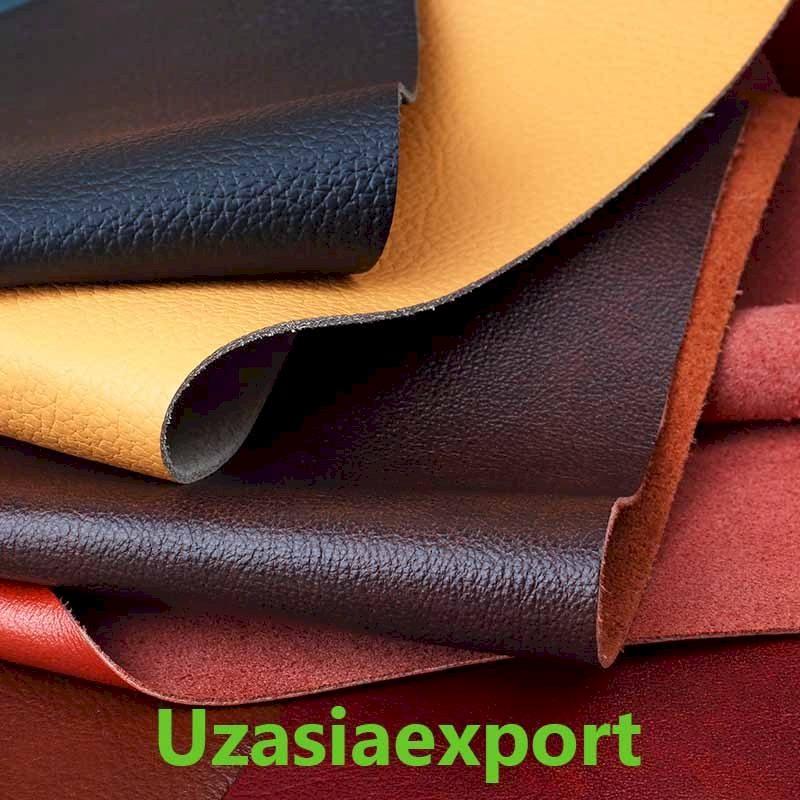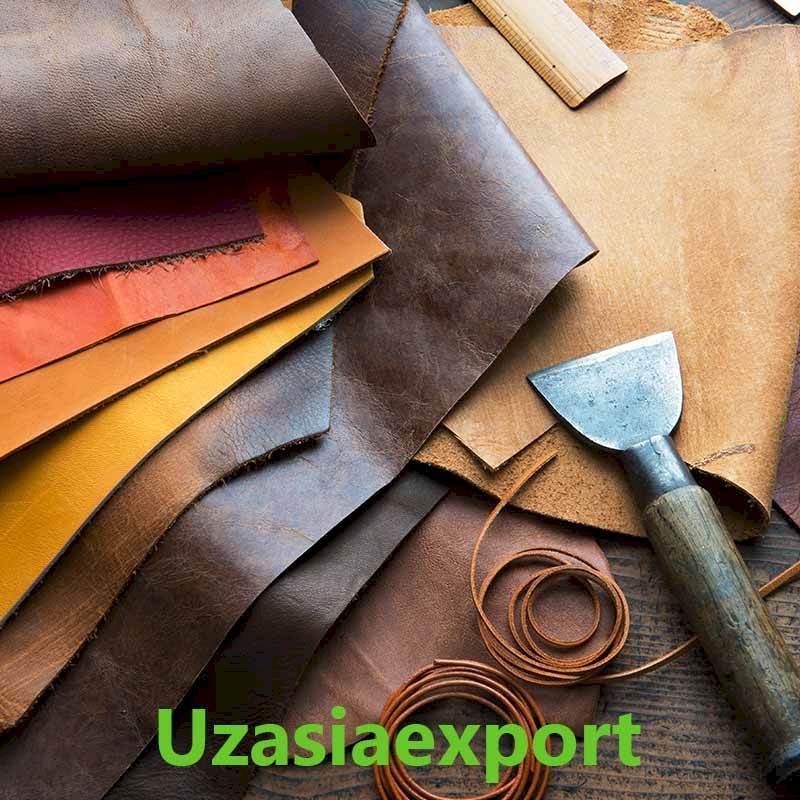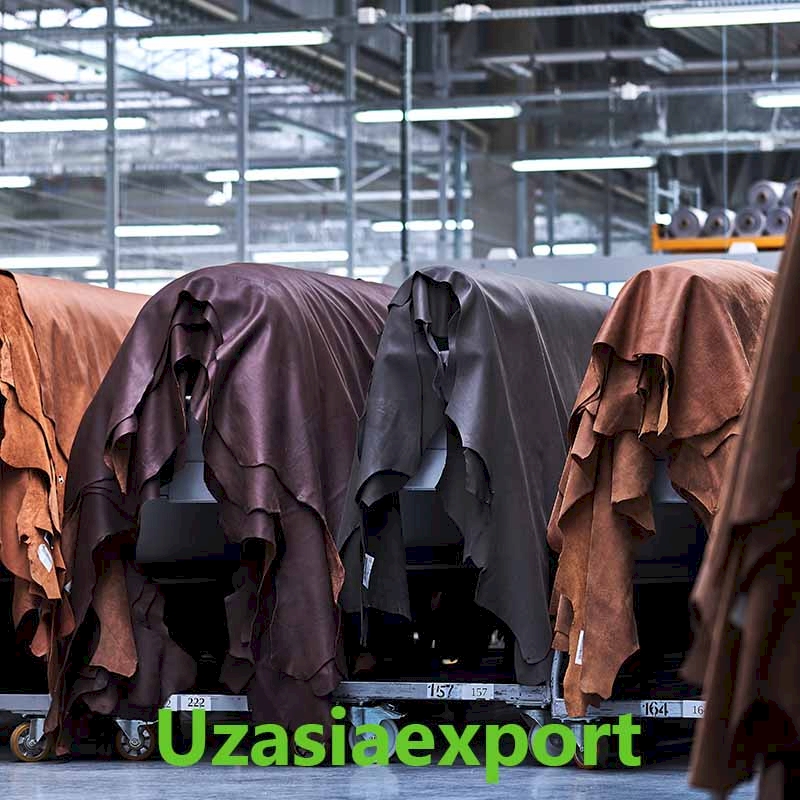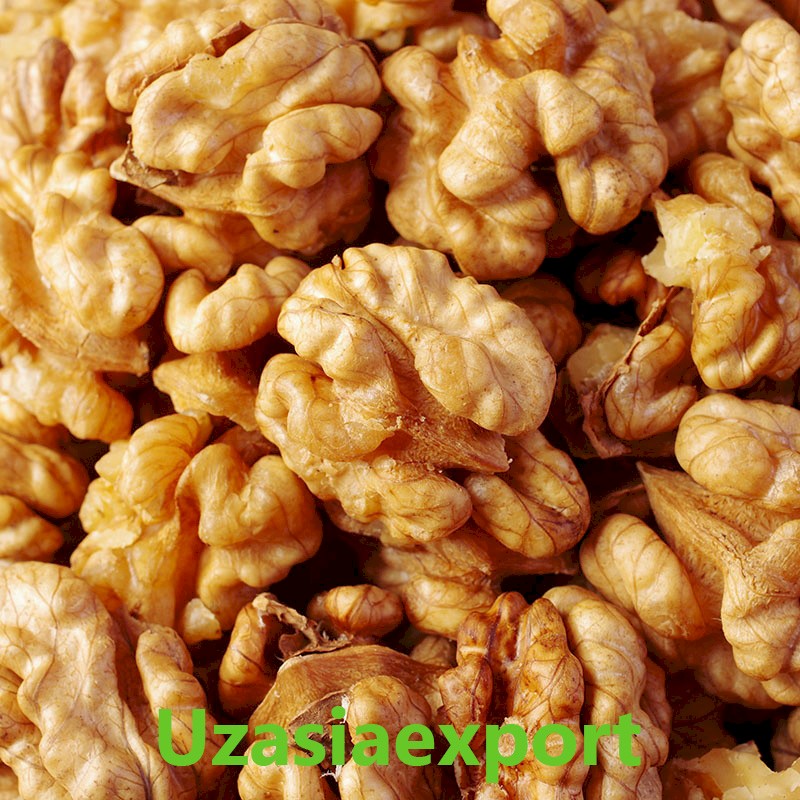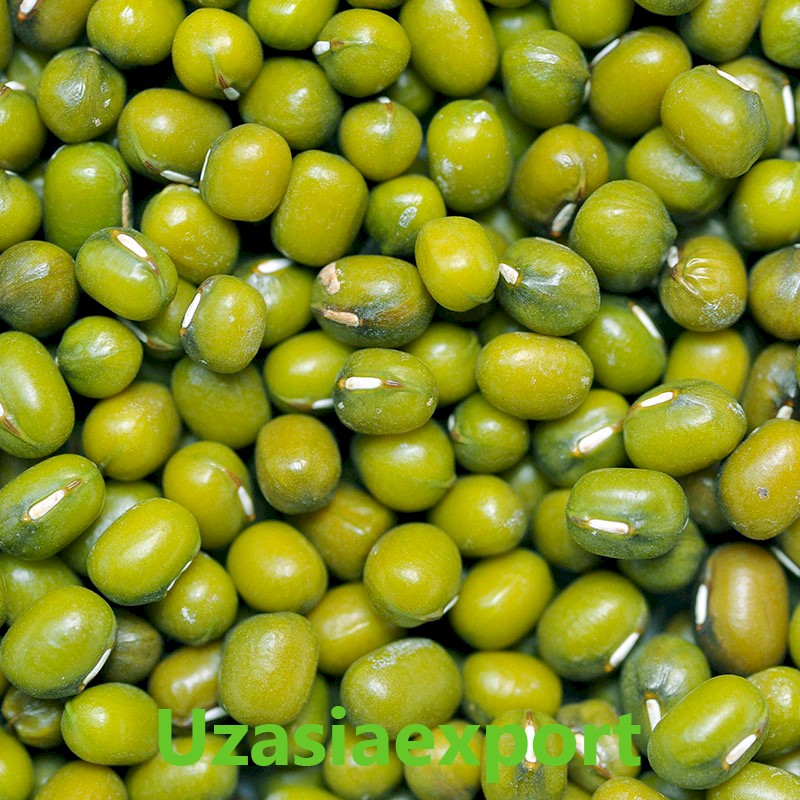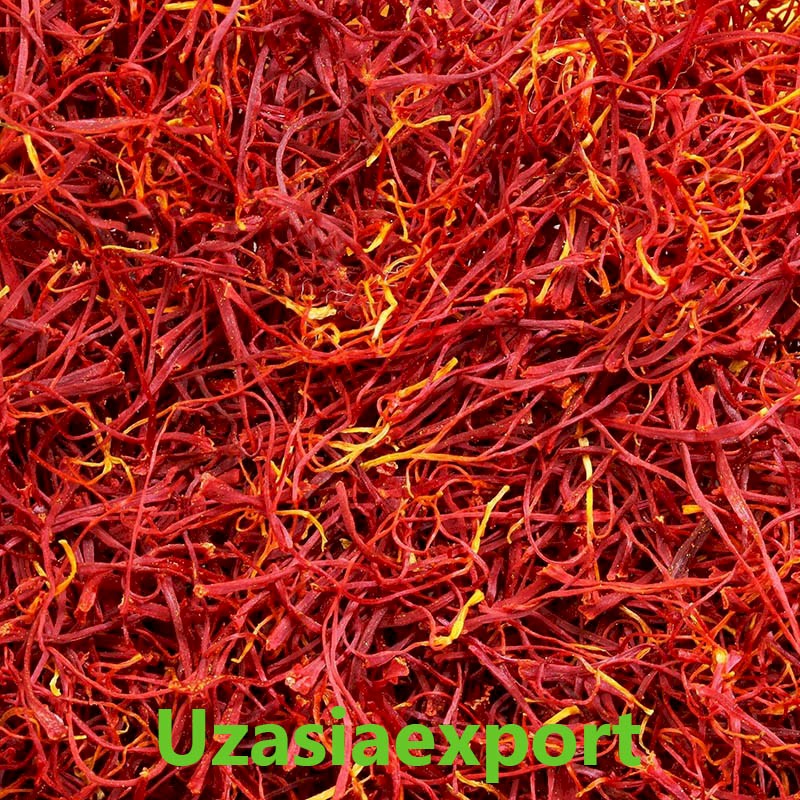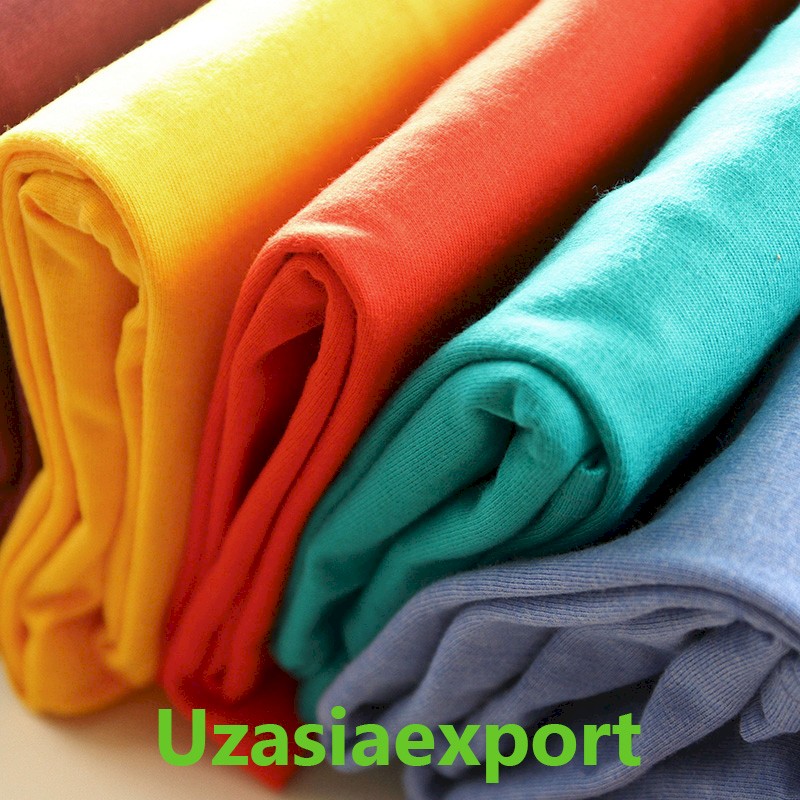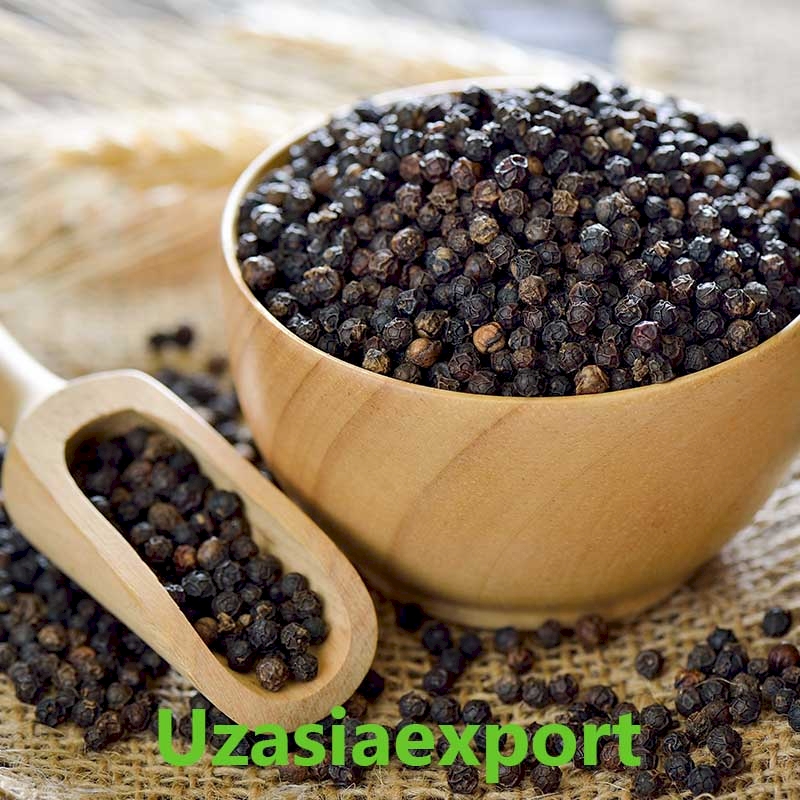Leather
-
Product category: Other
Suppliers:0
Small description
In Uzbekistan, the processing of leather has been greatly developed. Curriers (kunchi, charmgar) were in all cities, often inhabiting entire neighborhoods or even parts of the city. They settled somewhere on the outskirts of cities, near marshes or irrigation ditches, as the water was necessary for them when processing the skins.
Uzbek tanners were divided into specialties. The main specialty, which gave the greatest amount of production, was the dressing of the plantar skin. The firm tops of the shoes of black color were made from the goat leather; the skin, known as Bulgory (Bulgar) - black and red was made from the cowhide. Soft white husky for various household items - sacks and purses, were made from sheep leather. Also crude, but very strong suede of yellow color, designed for the top of the shoes, worn mainly by the poor peasants, was processed. The special Uzbek branch of leather production was the dressing of shagreen leather. Such leather, painted in green, was developed from the skin with a croup of donkey and horse.
The skins were treated in large soluble pits of boiler-shaped form and in small tanning beds covered with boards. Clay or board vats (yoms) were used for the tanning of small batches of leather. Scrapings were cleaned with primitive tools - plows and loins from the rib of the animal. A special knife with two handles scraped hair off the hides.
After the annexation of Central Asia to Russia, handicraft tanneries existed along with open Russian entrepreneurs in tanneries. These factories produced predominantly bulgarian-type leather.

Suppliers of this product
Shown 0 goods from 0
Hot deals
Popular products currently available



